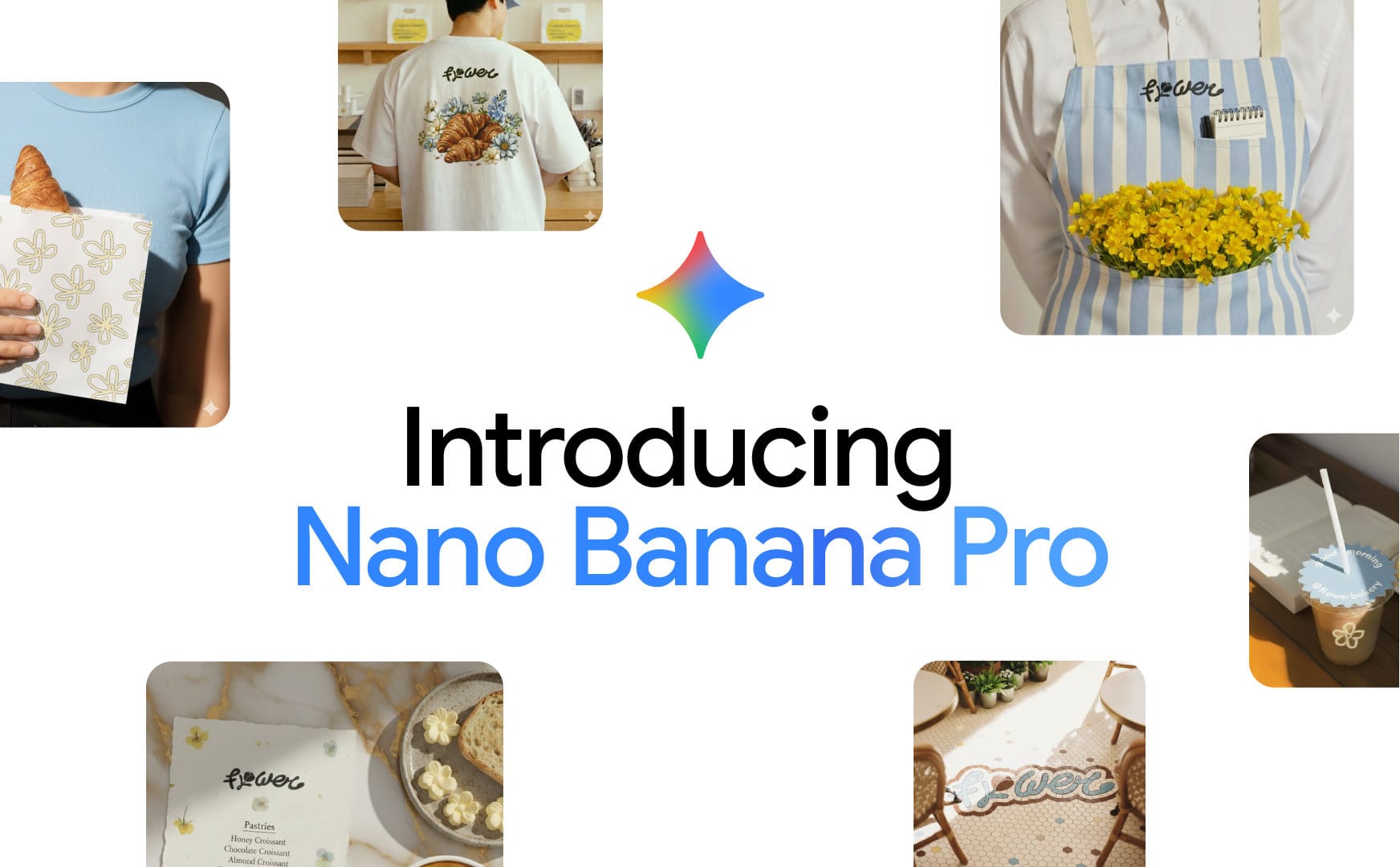Nano Banana Pro A Closer Look at Google’s New High Precision Image Model
An accessible overview of Google’s new high precision image model and how it improves visual workflows for professional teams.

Google has released a new generation visual model called Nano Banana Pro. It is built on the Gemini 3 architecture and designed to deliver clarity, accuracy and high resolution output for teams that rely on structured visual communication. Where earlier image models focused mainly on creativity, this release targets reliability and precision. That shift makes it particularly relevant for organisations that work with complex information, diagrams or branded content at scale.
This article outlines what the model is, how it works in practice and why it matters for teams that want to use advanced image generation inside a controlled and predictable workflow.
Why This New Model Changes the Visual Workflow Landscape
Most AI image systems struggle when visuals must be both creative and structurally correct. They may generate interesting concepts, but fall short on technical layouts, accurate text, consistent proportions or real world relationships. Google’s new model addresses these gaps directly.
The system understands structure. It recognises shapes, spatial relationships and the logic behind diagrams. It can render multilingual text cleanly inside the image. It handles lighting, camera settings and specific local edits without disrupting the overall layout.
For a growing number of organisations, the ability to produce clear and consistent visuals is becoming just as important as the creative aspect. That is exactly where this release fits.
Key Capabilities That Matter for Real Work
The model introduces several improvements that make it suitable for production level work, not just experimentation.
High Resolution Visuals
Images can be delivered at 2K and 4K, offering the clarity needed for campaigns, product showcases, presentations and educational content.
Structured Graphics
The system can produce diagrams, annotated scenes, architectural references and technical illustrations with clean geometry and stable proportions.
Consistent Text Rendering
Text inside images is legible, aligned and stable. This makes it suitable for infographics and region specific content where labels matter.
Local Adjustments
Lighting, camera angle, focus and composition can be adjusted with precision. Instead of regenerating the entire image, users can refine the specific area they want to improve.
Multi Image Continuity
Multiple reference images can be combined into a single output while keeping style and identity consistent.
These capabilities bring AI generated visuals closer to the expectations of design teams and content specialists.
How It Fits Into Scalable Content Workflows
Modern organisations must produce a constant flow of visuals for product updates, marketing activities, internal documentation and customer communication. Traditionally, this required design tools, manual editing and coordination across multiple teams.
With the new model, several processes become faster and more structured.
Visual documentation
Teams can produce diagrams, labelled components or technical explanations without building everything manually.
Marketing content
Campaign visuals benefit from high resolution output and refined control options.
E commerce
Products can be placed in new scenes, relit or reframed with consistent style.
Internal communication
Training materials and guides can be generated with clear annotations and multilingual support.
Localisation
Text inside the image can be adapted for different regions without layout issues.
For organisations working with structured workflows, these capabilities reduce time, cost and friction across the content lifecycle.
Strengths and Practical Limitations
Strengths
• High clarity and stable image structure
• Strong multilingual text support
• Reliable geometric alignment
• Fine control over lighting and composition
• Suitable for technical and branded content
Limitations
• More complex than simple creative generators
• High resolution output increases cost
• Some features require practice to use well
• Best results come from structured prompts and references
The model is powerful, but benefits most from a clear workflow around prompts, review and refinement.
Integrating High Fidelity Image Models Into Scalable Workflows
A structured process ensures the model is used effectively:
- Define the output standard such as resolution, layout and text clarity.
- Use reference images for identity, style or product consistency.
- Apply local adjustments to avoid unnecessary regenerations.
- Centralise content review with quality guidelines.
- Store final assets inside a controlled and versioned environment.
- Monitor cost and resolution usage to avoid uncontrolled spending.
With a strategic approach, this type of model becomes part of a repeatable workflow instead of a one off creative tool.
Final Perspective
Google’s newest visual model pushes AI generated imagery into a more structured and reliable space. It combines creative flexibility with the precision required for technical content, educational material and branded communication. This makes it valuable for teams that need more than creativity alone.
Scalevise supports organisations in designing workflows around advanced visual models, ensuring alignment with governance, compliance and structured production processes. If you want to explore how this model can fit into your visual strategy or automation framework, we are ready to help.
